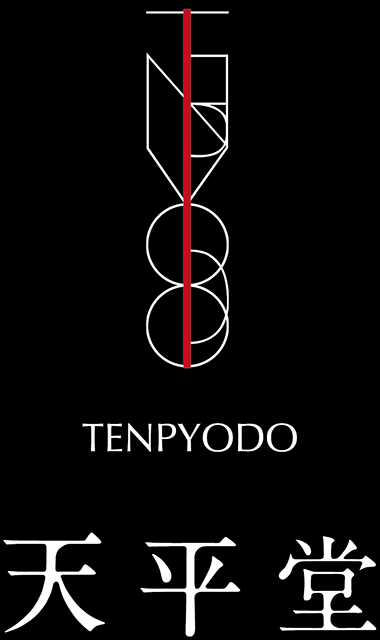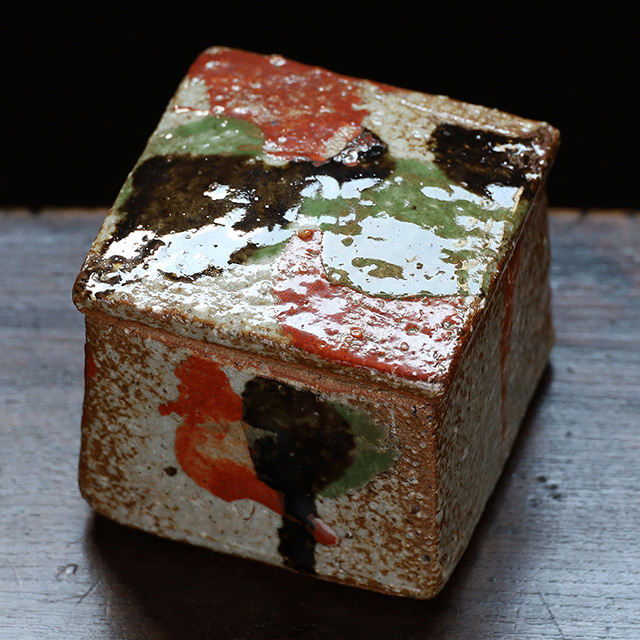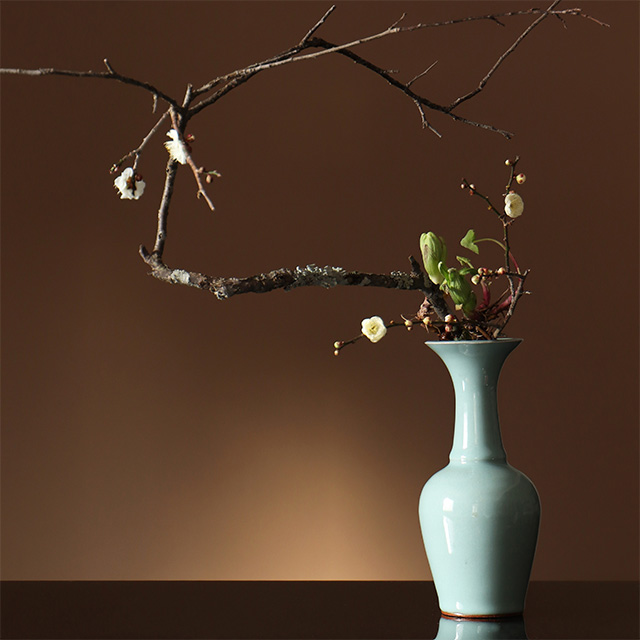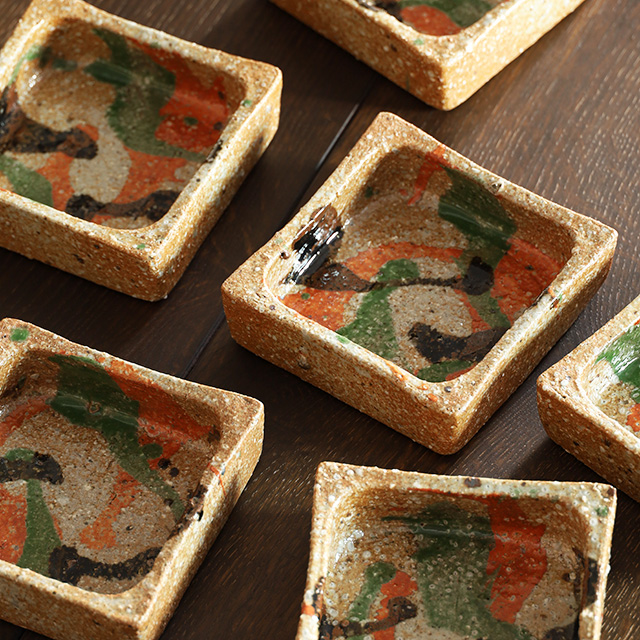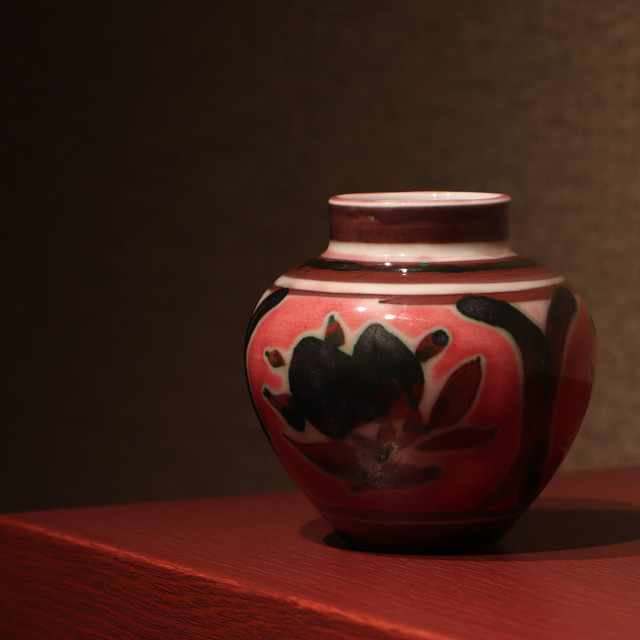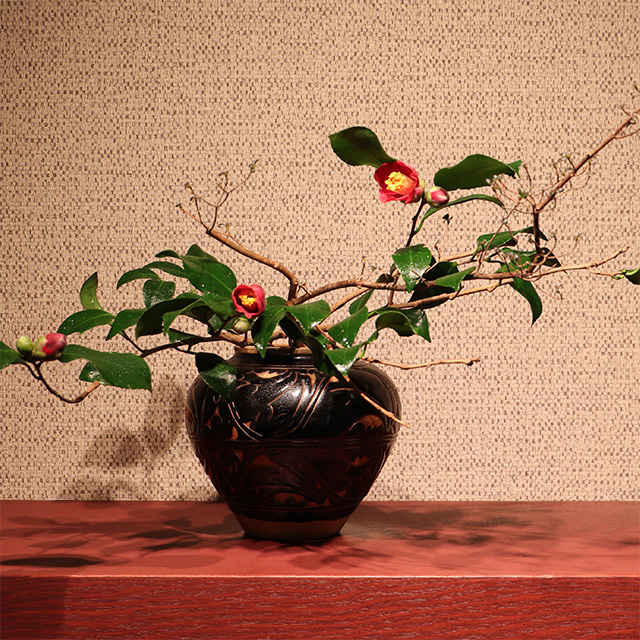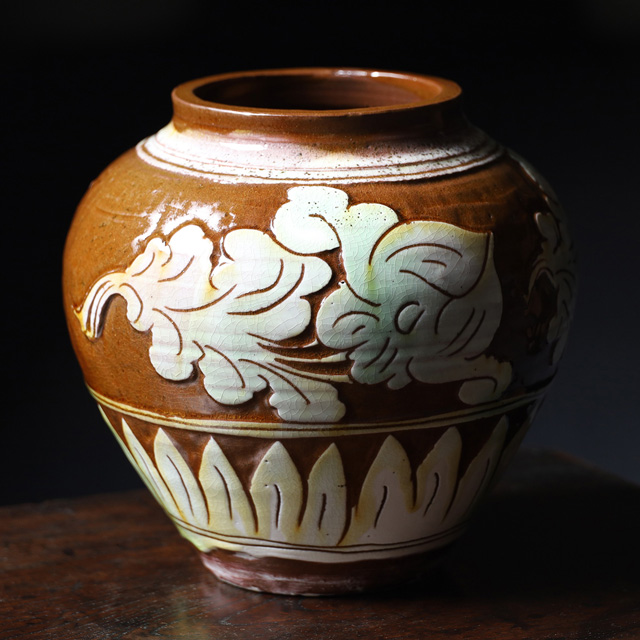Kanjiro Kawai
河井寛次郎
Kanjiro Kawai 1890-1966
Kanjiro Kawai was born in Shimane prefecture.
In 1914, after graduating from Tokyo Institute of Technology ceramics department, entered the Kyoto Municipal Ceramics Experimental Station.
While receiving guidance from director Eiko Fujie and senior engineers Shinobu Komori, together with junior, Shoji Hamada, who entered the studio two years later, worked hard on research and production of techniques.
In 1920, established a residence in gojozaka, higashiyama-ku, Kyoto city, named the kiln inherited from the 5th Rokubei Kiyomizu “Shokei Kiln”.
In 1921, held the first creative ceramics exhibition at Takashimaya in Tokyo and Osaka, presented a group of technical works that imitated chinese pottery. Acclaimed as a newcomer by ceramic historian Seiichi Okuda, each time held solo exhibitions, received high acclaim. On the other hand, have doubts about the technique oriented production that imitates old ceramics, in 1924, deeply moved by the slipware brought back from England by Shoji Hamada. Having met Muneyoshi Yanagi through Hamada’s introduction, opened his eyes to the beauty of miscellaneous pottery and discovered his belief in creation. In addition, launched the “Folk Art Movement” with Muneyoshi Yanagi and Shoji Hamada, and worked energetically as a practical leader. Turned to the simple style of folk art and established own style.
In 1929, recommended to the Imperial Exhibition by the Imperial Art Academy.
In 1936, The Japan Folk Crafts Museum has opened in komaba, Tokyo.
In 1937, received the Grand Prix at the Paris Exposition. Built home (Kawai Kanjiro’s House) modeled on private houses in various parts of japan(mainly in hida takayama).
In 1947, Shiko Munakata’s hangi published “Fire Wishes”.
In 1948, published “Cosmetic Pottery” and “The Window of Life”.
In 1957, received the Grand Prix at the Milan Triennale.
In 1961, started the serialization of “60 years ago now” in the magazine “Mingei”.
After the war, his style changed from “Beauty of Use” to “Beauty of Form”. The works with a free shape that is not bound by purpose, wood carvings made with interest in folk art from around the world, and works such as ” Three Colors” with red, green, and black glazes. While firmly maintaining the spirit of mingei, he developed a free creative world, and refused the recommendations of important intangible cultural property holders and japan art academy members. He is counted as one of the leading potters of modern japan who has gained worldwide fame.
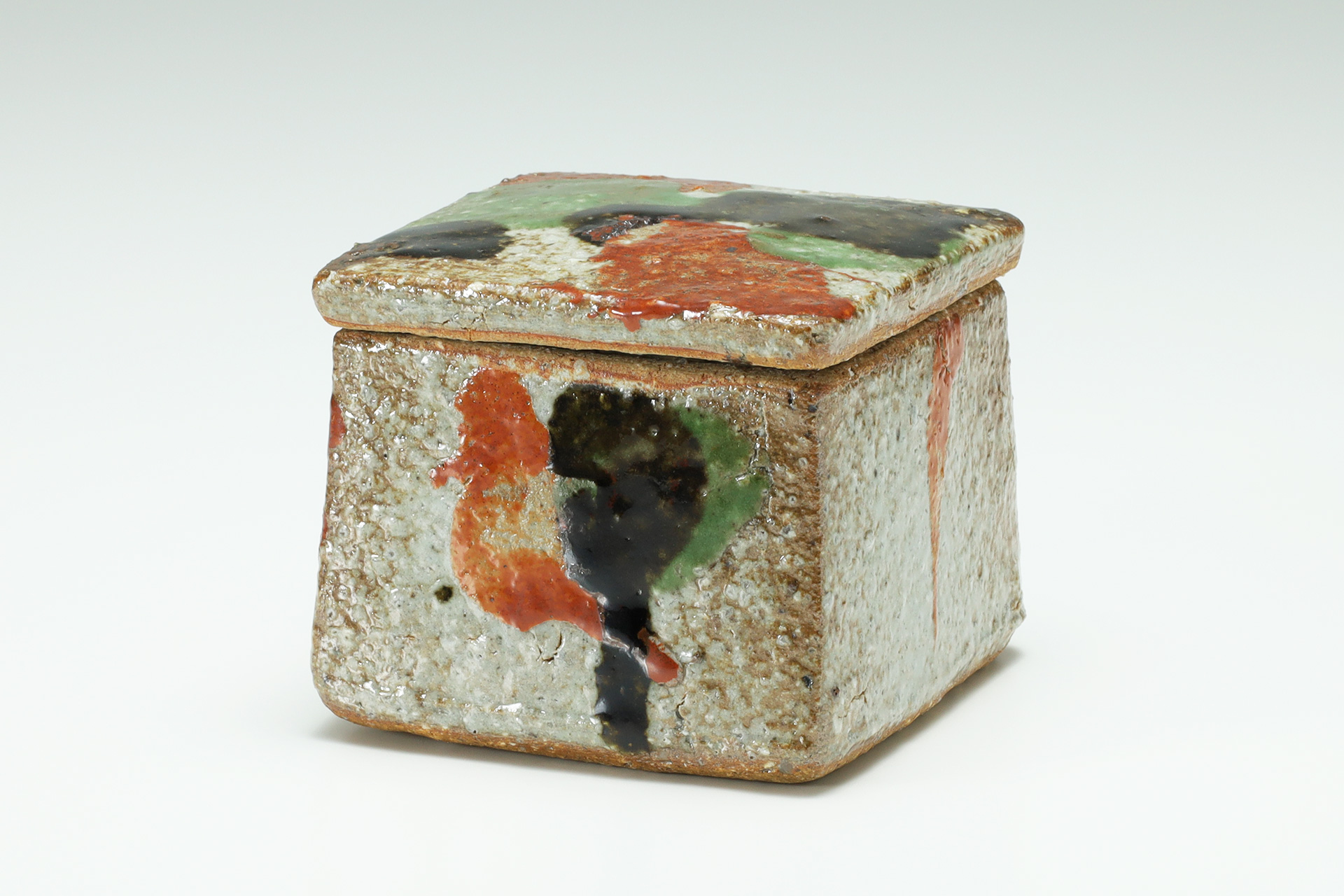
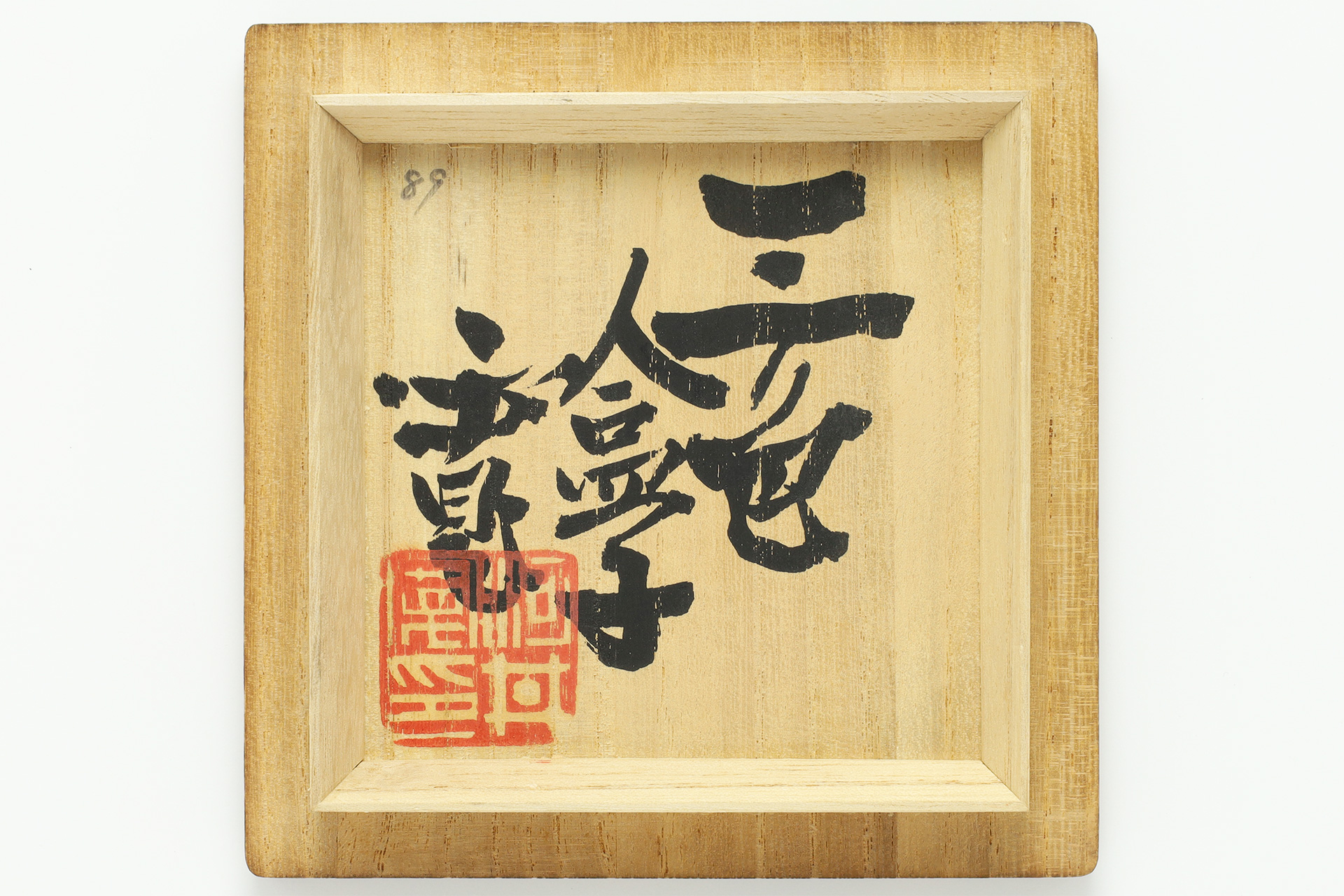
Toshitaka Kawai 1946-
河井敏孝は久米幸治の四男として徳島県に生まれました。
旧姓を久米といいます。
1958(昭和33)年、東京大学を卒業しました。
1969(昭和44)年、河井章江と結婚して河井博次・須也子の養嗣子となりました。
1980(昭和55)年、信楽に開窯して陶房を「紅葩舎」と命名しました。
現在は河井寛次郎記念館館長に就任しています。
We sell and purchase Kanjiro Kawai
We have a physical shop in Hakata-ku, Fukuoka City, where we sell and purchase works by Kanjiro Kawai. Drawing on a long career and rich experience in dealing, we promise to provide the finest service in the best interests of our customers. With the main goal of pleasing our customers, we will serve you with the utmost sincerity and responsibility until we close the deal.
